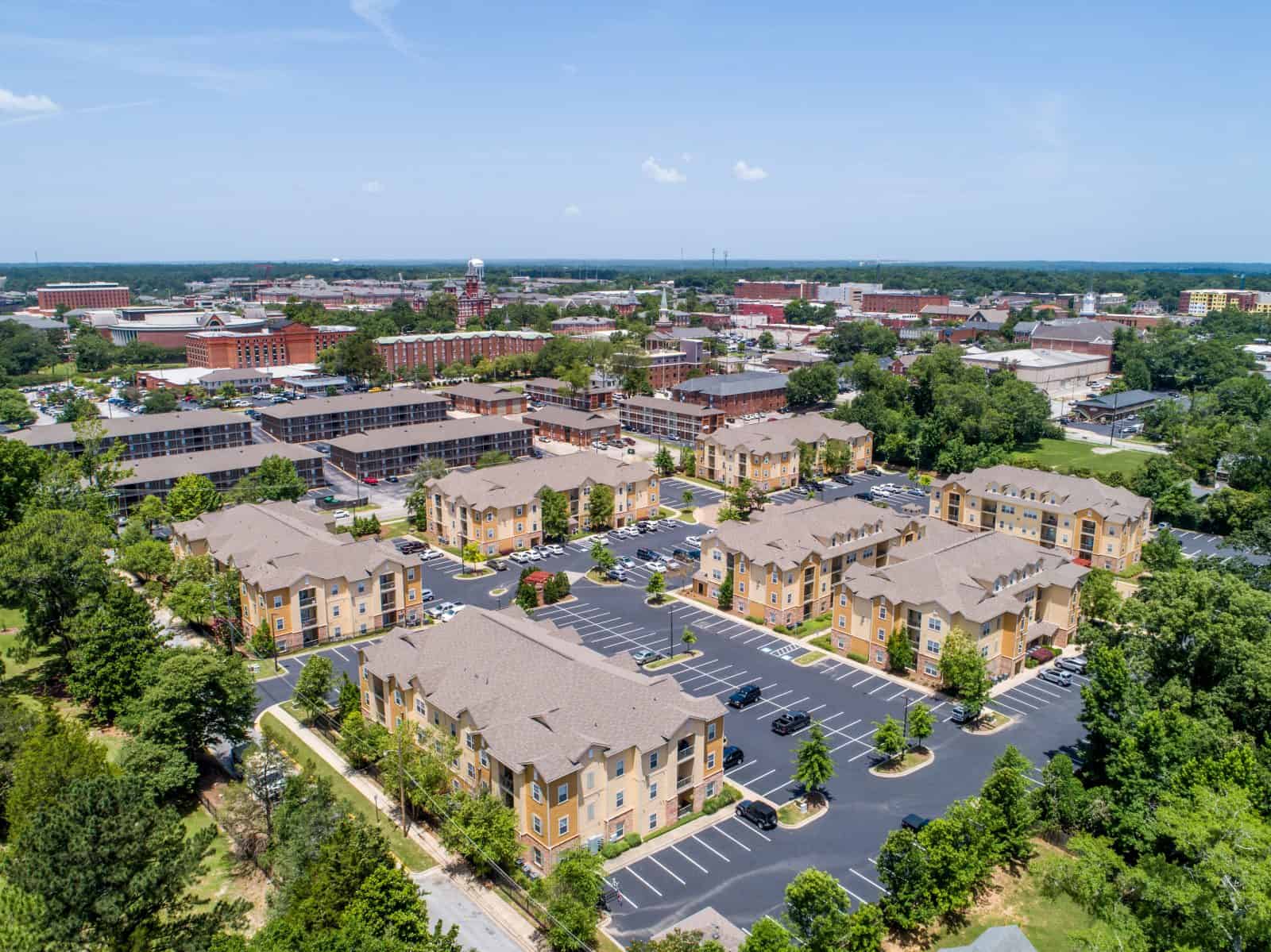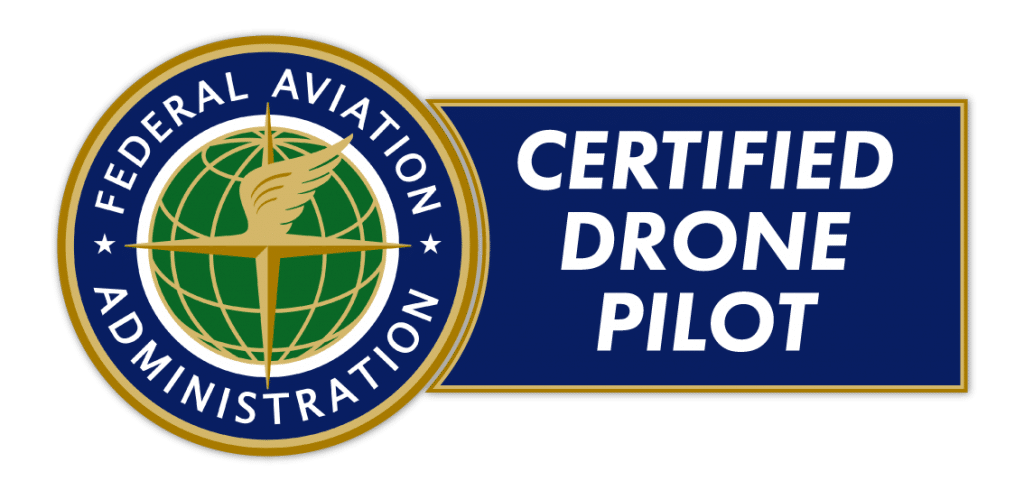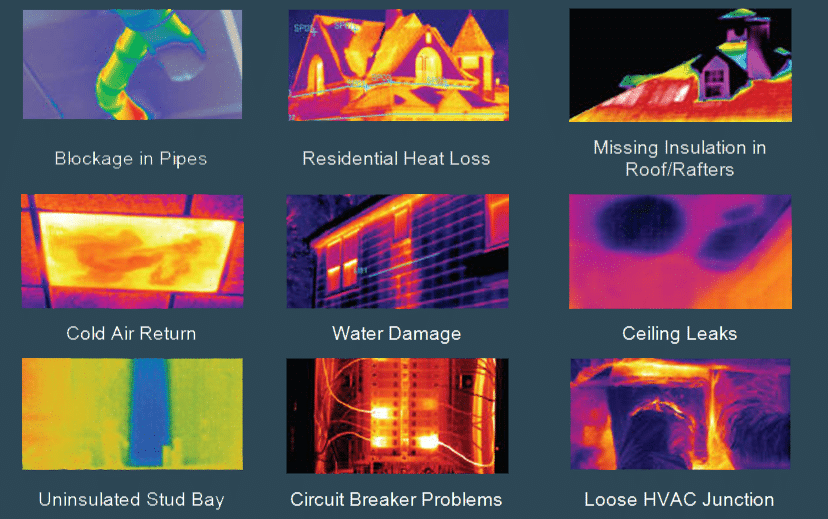
Why use a Drone during construction?
- Drone for surveying: Use drones to quickly survey the job site and build maps. Instead of using human resources, heavy machinery & expensive surveying tools; get the job done in half the time & half the money, with greater accuracy.
- Showing progress: When clients are not able to come view the job site regularly, drones are very helpful in providing a visual standpoint that they wouldn’t have seen from the ground. Drones can be an easy way to keep the client informed on the construction project progress.
- Monitoring job sites: When workers are on a job site, the main objective is keeping them productive. It is understandable that energy levels will ebb and flow, but you can also detect if any equipment shows up missing, or if other areas may need more workers designated to them for special accommodations.
- Inspecting structures: Commercial building management relies on inspection for wear and tear, and the most effective ways to do this are at least once a year. When a structure begins to deteriorate, it is one of the quickest ways to watch its value do the same. Traditional ways that buildings are inspected can involve precarious climbing up onto the roof, and other parts of the structure using scaffolding or a harness.
- Safety records: Drones can do a great job of hovering over a location that is too dangerous for a worker to get to, and can save lives by monitoring workplace conditions in areas that are very hard to reach.
- Keeping construction project on track and on budget: By identifying the parts of the project that are going off-track, having the ability to prevent any casualties, rigorously monitoring your job sites; you will be better prepared to remove any additions to project time and cost.
Certified Drone Pilot

Pacific Exteriors NW has a certified drone pilot on staff. To become certified is a 4 step process and includes ongoing classes and recertification every 2 years. We have to obtain an FAA tracking number. Then we have the initial aeronautical knowledge exam. The exam covers:
- Applicable regulations relating to small unmanned aircraft system rating privileges, limitations, and flight operation
- Airspace classification and operating requirements, and flight restrictions affecting small unmanned aircraft operation
- Aviation weather sources and effects of weather on small unmanned aircraft performance
- Small unmanned aircraft loading and performance
- Emergency procedures
- Crew resource management
- Radio communication procedures
- Determining the performance of small unmanned aircraft
- Physiological effects of drugs and alcohol
- Aeronautical decision-making and judgment
- Airport operations
- Maintenance and preflight inspection procedures
Once the exam has been passed, a review of your flying skills is needed.



